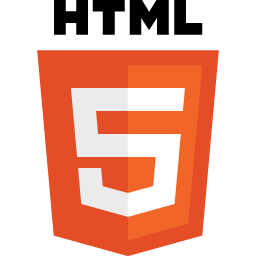- What is HTML?
HTML (Hypertext Markup Language) is a programming code.
- What is HTML used for?
It’s used to structure and develope web pages and their content. For example, structuring the content into paragraphs, images or hyperlinks. Basically building the foundation of a website.
- Why are we learning HTML?
Because Ivan said so. And because it is the basics of web development that will give us a foundation for future programming, be it in the traditional space or on web 3.0.
- What is an HTML tag?
A tag encapsulates the content (text, images, etc…) a developer wishes to display on his/her web page. There is an opening and a closing tag that show where the content starts and ends.
- What is the structure of an HTML tag?
at the beginning
at the end
Note, that the word tag is not necessarily part of the structure. Here it merely represents the name of the element it is “wrapping around” (encapsulating). The name can be anything, depending on what the programmer wants to achieve.
- What is an attribute?
An attribute is used to add/enhance information of an element that will not be displayed for viewers to see. It operates and works “behind-the-scene” and is inserted in the tag.
- What is the anatomy of an HTML document?
It has the “document type” at the top of the page, followed by the “html element” which is pretty much everything on the page - all other elements, heads, attributes etc… The “html” element is also referred to as the “root element”.
Then we get to the “head”, which is similar to an attribute in that it stores information that is used in the page, but not visible in the content. Information such as keywords, character set declaration or CSS. I imagine that things such as font size are decided here. The “head” also includes the title. So everything that is used to create the page that isn’t part of the actual visual content (text, images etc…) is found here.
And finally we get to the “body” of the page, which is what you want to have displayed for all to see.


 . Thanks for the info.
. Thanks for the info.